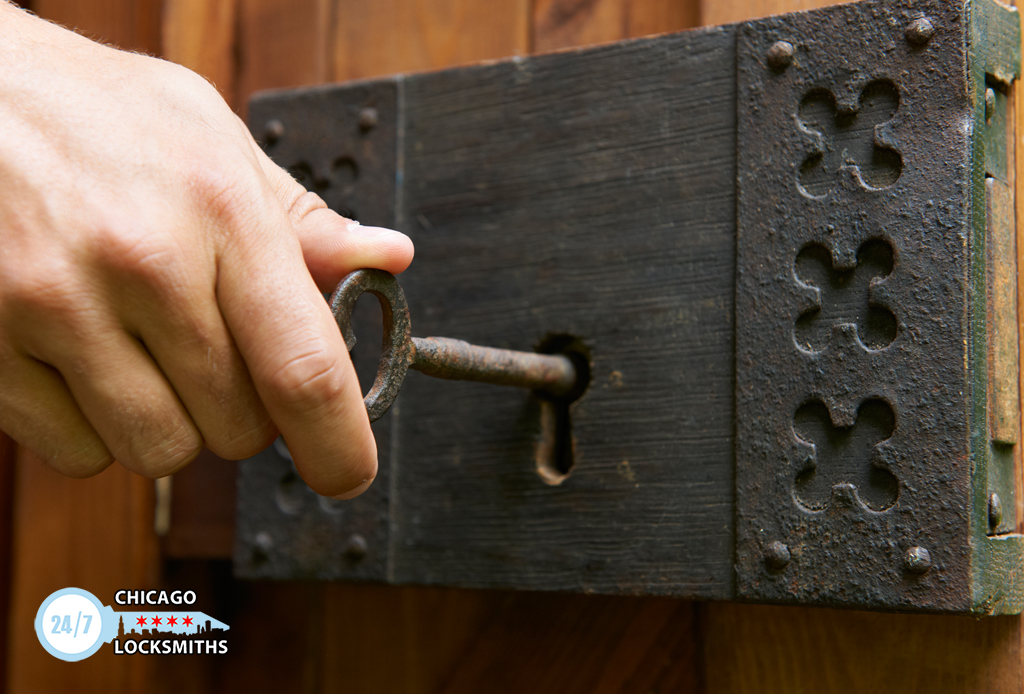 Locks have existed for thousands of years – just in different forms. In this blog post, we’ll survey some of the most notable moments in lock history.
Locks have existed for thousands of years – just in different forms. In this blog post, we’ll survey some of the most notable moments in lock history.
Ancient India Locks
During the reign of the Emperor of Annam, expensive valuables were locked inside large blocks of wood that were kept on islands or inside an elaborate pool inside the courts of the palace. They were protected by a crew of crocodiles called guardian angels, that were fed so little that they were always starving – to go inside the water would mean you would get eaten.
Gordian Knot Locks
Rope cords made of fiber were used to secure doors for hundreds of years. The famous Gordian Knot, tied by GOrdius, the King of Phrygia, was secured to his chariot – it was foretold by oracles that it’s untying would be accomplished by the man who would go on to conquer Asia. When Alexander the Great couldn’t untie the Gordian Knot, he cut it apart quickly with his sword – giving way to the expression “cutting the Gordian knot” – meaning providing a swift solution when other lighter methods don’t work.
The Gothic Ages Locks
During this time period, locksmiths created beautiful ornamental locks with vast intricacy. THey would emboss, engrave, chafe, and etch onto metallic locks, creating security devices for the finest courts throughout Europe. Castle doors would be secured inside ward locks, domes that would often be covered in mythical symbols and characters, as well as metal coloring, known as the Niello process.
Colonial America Locks
During Pioneer days, home’s keys would often hang outside the door as a length of string – the doors were latched from the inside with a wooden bar or belt that would drop into a hollow area in the jamb. A piece of string was attached that would be threaded to the door’s exterior. The dangling string would signal a welcome to visitors, who could simply pull the string and open the door. This is the origin of the phrase “our latch string is always out.” as an expression of hospitality.
Spanish Architecture Locks
In 17th and 18th century Spain, there was a general dislike of locks. In order to stay safe, a block would collectively hire a watchman to patrol the neighborhood who owned keys to their homes. In order to leave or enter their home, a homeowner would clap their hands in order to signal the watchman to come.
Deep Sea Locksmiths
Charles Courtney always wanted to be a locksmith, but ended up a deep sea diver. Fortunately, he was able to meet his dreams when he started getting hired to open locked safes on sunken ships – retrieving millions of dollars for salvaging operations.
Animal Shaped Locks
Throughout history, high end locks in the shapes of animals were made in order to delight homeowner’s and frighten off superstitious intruders. From elephants and hippopotamuses, to stranger forms like flowers or even scorpions, locks of every specific shape or size exist in history.
